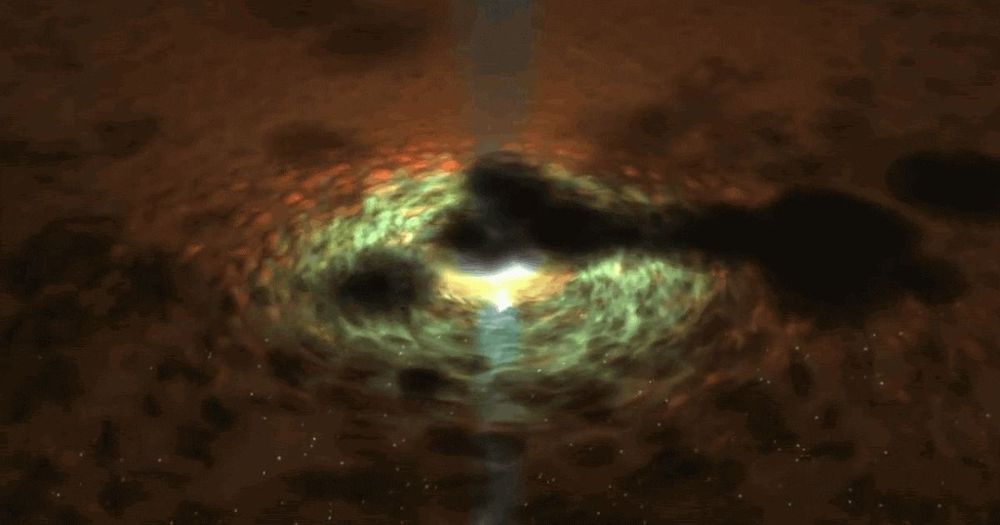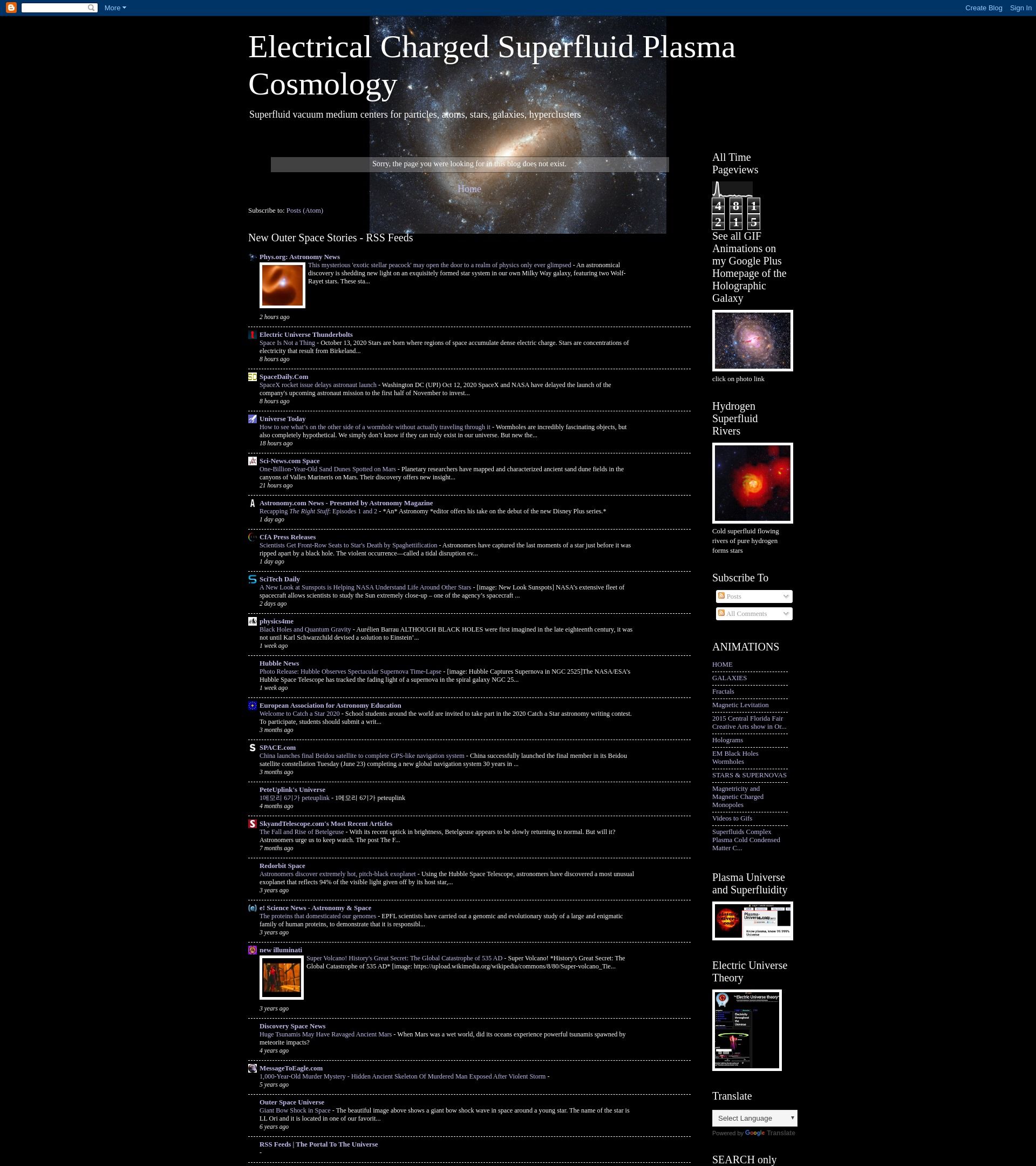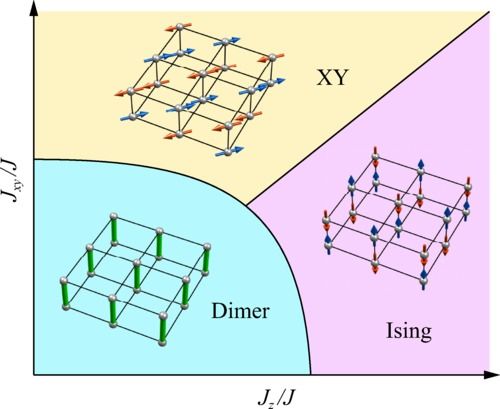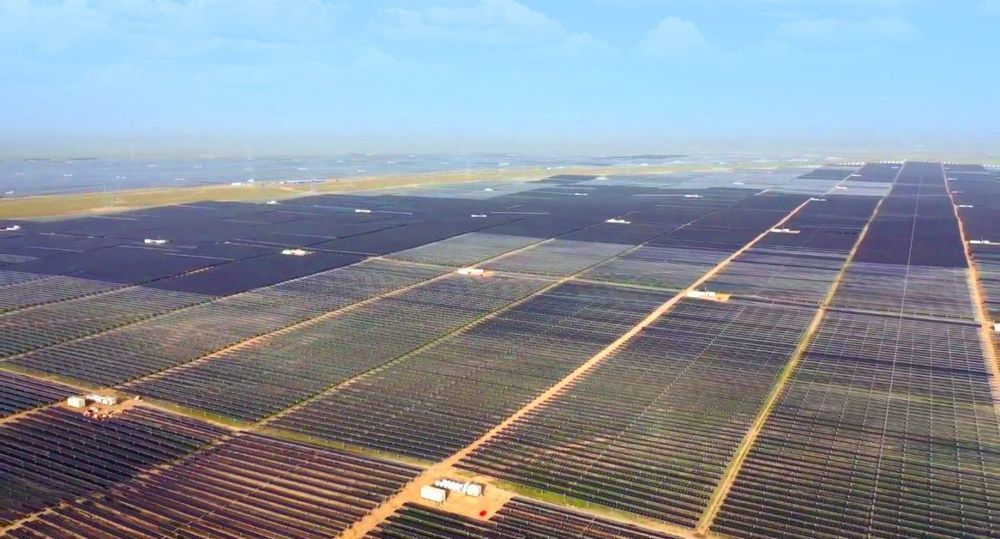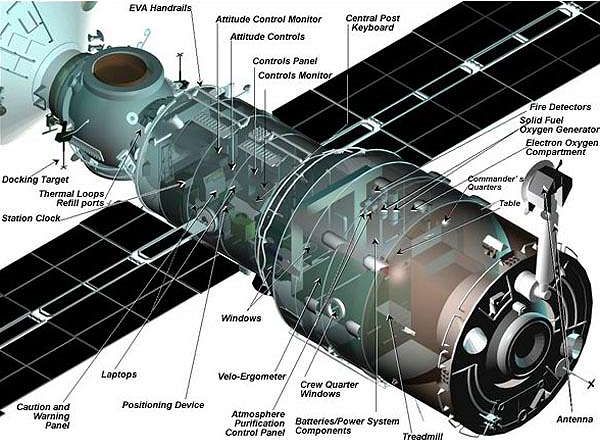Oct 13, 2020
Magnetic Levitation of Gas Clouds Near Black Holes Considered as Magnets
Posted by Quinn Sena in category: cosmology
Magnetic fields are far stronger and more important than gravity in forming stars and galaxies. Contrary to black hole propaganda, magnetic fields increase in strength the nearer to the center. There just is not a gravity center of mass to earth based reality in outer space.
